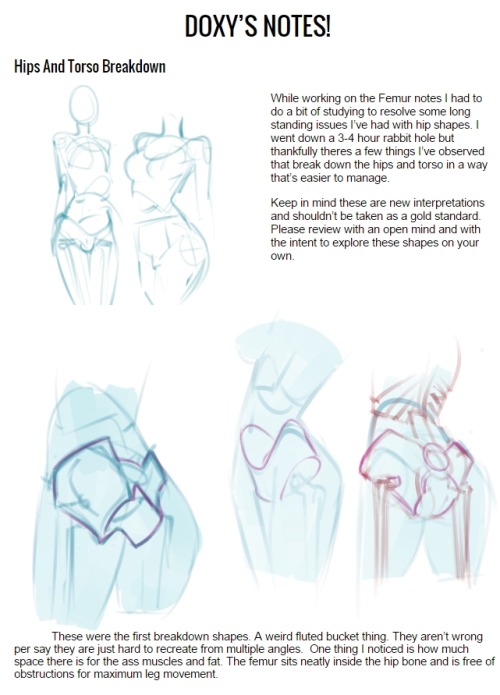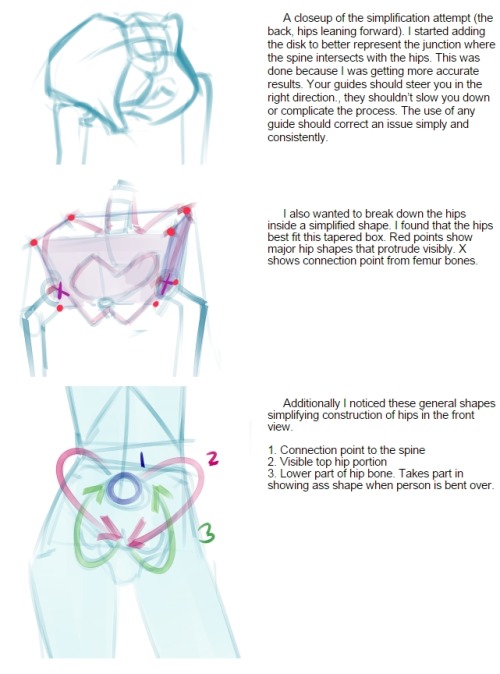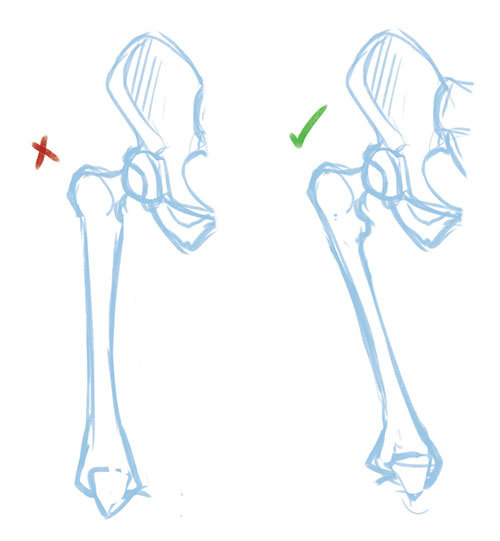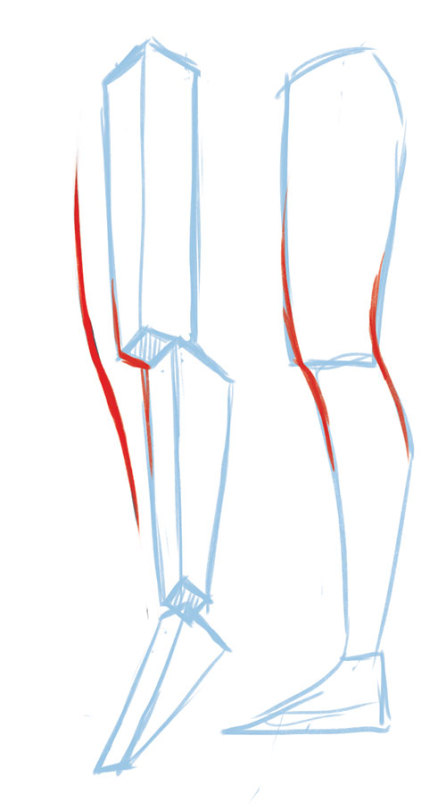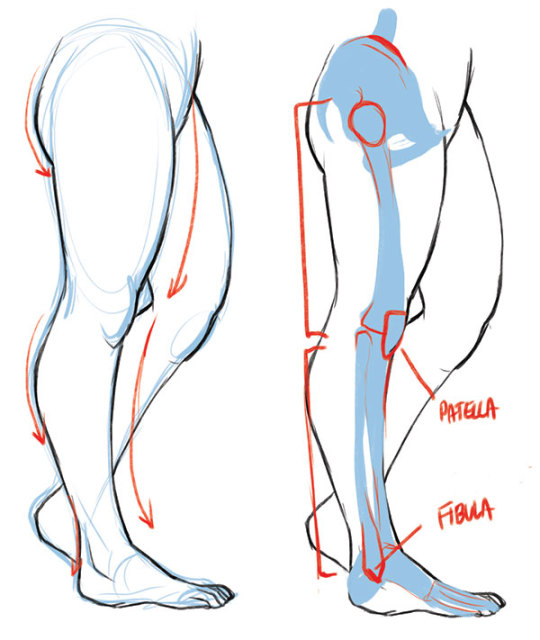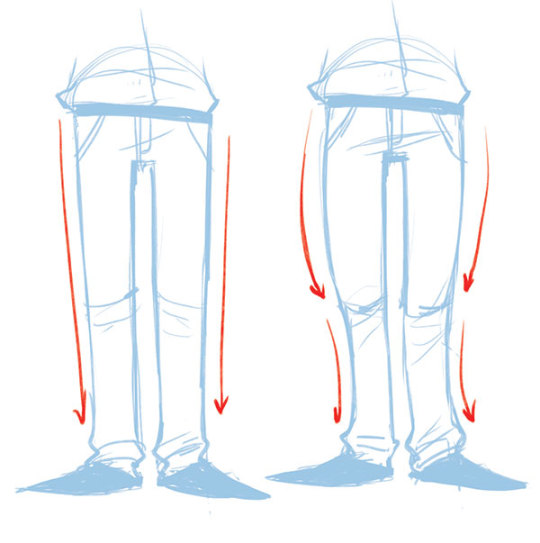----
10 Things...Sketching the Model //
Muddy Colors
Greg Manchess
Tuesday night I spent the evening
drawing at the Society of Illustrators. I love the atmosphere and feeling of being surrounded by people who appreciate the beauty of the human figure and the effort it takes to draw it. But it occurred to me that the art field has lost the idea of what drawing the nude is about.
The idea is still basically to understand and practice drawing anatomy to improve one's skills at not only drawing people accurately, but being able to draw them in any position based on that information. Even from our heads.
Over the years, the effort of drawing from the nude model has become misconstrued. The overall impression now is to come away with a beautiful drawing, or a finished piece. Perhaps even a portfolio piece, or one that's fit for the Louvre.
To come away with a nice drawing is not the overriding goal, but a benefit. Drawing from the model is primarily about training your brain to understand anatomy and use that information to build ideas or scenes using the figure as a primary focal point.
1. Study. The basic idea is to gain information about how the human body moves, folds, bends, twists, and expresses. The figure is nude so that we can see how the muscles connect, and understand how these masses form around a skeletal structure. And all of that under directed light.
The point is to begin memorizing these forms. It is complicated and the endeavor takes time and focused observation.
2. Materials. Give yourself an advantage: draw with something that puts down a decent line. Something where you can control the weight of the line, and therefore the depth within a drawing to control where the viewer looks. Soft lead, good erasers, smudgers, and certainly paper with a good enough tooth to grab hold of graphite or charcoal or conte immediately helps one's drawing skills.
When working with a smooth surface like slick newsprint, soft charcoal can feel like drawing with a stick of butter. It feels luscious and dreamy. And that drives the desire to draw.
For those who like a hard lead and want to impress people with a drawing that has visual impact...good freakin' luck.
3. Gesture. Capturing the general gesture of the figure first before diving in to render or sharpen focus is supremely important to creating a drawing that feels expressive. The figure must not feel like it's fighting the paper. The lines shouldn't feel like they are hurting the figure. Sure, there are great techniques out there with big fat lines to delineate form and shape, but one can still capture a graceful attitude using awkward strokes. This comes from constant practice, and not just luck, or (OMG!) talent. ahem.
4. Shape driven. Start simple. Indicate the overall shape first, controlled by the shape of the torso. Some artists talk about drawing the longest line in the figure first, but this can get confusing with limbs bent in different directions. The overall shape of the upper torso apposing the hips will give a fast impression of volume and capture a basic posture to hang arms and legs off of.
5. Line work. Don't allow yourself to always draw in one line weight to capture the form. Learn to use edges and shifting shapes of a drawing tool to express a range of super-thin lines and broad flat ones.
Line weight not only adds character to the sketch, but adds accuracy as well. And speaking of weight, remember that the figure is affected by gravity consistently tugging it straight to the ground. Think of the bottom of the page as having tremendous gravitational pull. This works wonders for understanding how to sketch fabric.
6. Shadows. General torso shapes dictate how light falls on the rest of the body. Look for general patterns of shadows first. From broad covering shadows to small shadows under arms or a nose. Use these as anchor points to get the rest of the figure built.
Pay attention to how these shadow shapes affect the rendering of the body and the direction of light.
7. Value added. Unless you're working with ink, using a pencil or charcoal broadly to establish tone is one of the first things needed to understand how the figure sits in space. Smearing and smudging is a classic way to gain a medium tone to the overall piece. Coming back in with an eraser can recapture light areas and highlights. This can instantly add depth.
There are many tricks people use to create tone in a drawing that are just as important as line. For example, you can learn to use toned paper and sketch in highlights with white conte crayon.
8. Costume. Simple street clothes are costume. It doesn't have to be some crazy frilly tutu-shaped taffeta disguise to be considered costume. Unless you're trying to figure out how this material works, many of those crazy shapes just hide the figure.
Knowing how a pair of pants folds when seated or how a blouse tugs against the chest is full of rich information you can use to understand the anatomy beneath it. Showing how fabric is bunched and stretched adds believability to the figure.
That's why we learn the underlying anatomy: to derive how it affects the clothes encasing it. Practice back and forth between nude and clothed figures.
9. Start with a goal. Figure out how you want the figure to lay on the page before you start to draw. Compose it in your mind's eye, then begin to sketch. Decide what you are going to concentrate on for this particular sketch. Will you have enough time to capture the face, or are you only interested in studying how the fingers sit on the folded arm? Do you just want to understand how the ankle works and how light falls on those forms? Or are you going for an overall definition of the figure without much detail? Decide, then draw.
10. Flexible training. Sketching from the live model is mainly about training to understand it. But we also can't limit ourselves by doing it the same way all the time. Allow yourself to shift styles, try different shapes, exaggerate details or hide them, distort proportions, even turn a model into a cartoon of what is in front of you. Exaggerating forms is a powerful way to understand and remember real shapes.
Accuracy and expression are built from multiple approaches. It is the back and forth training that allows us to keep a sharp eye when studying the model.
Of course, sometimes, we just want to draw a really beautiful figure study. And I suppose if it ends up in the Louvre, that's not so bad.
----
Shared via
my feedly reader 